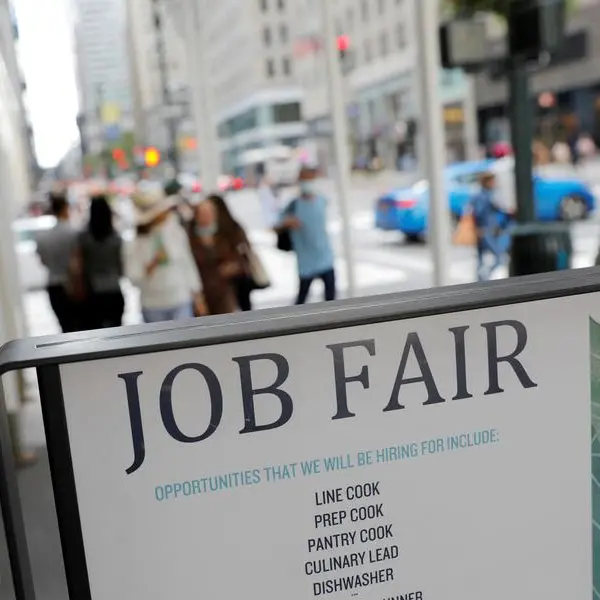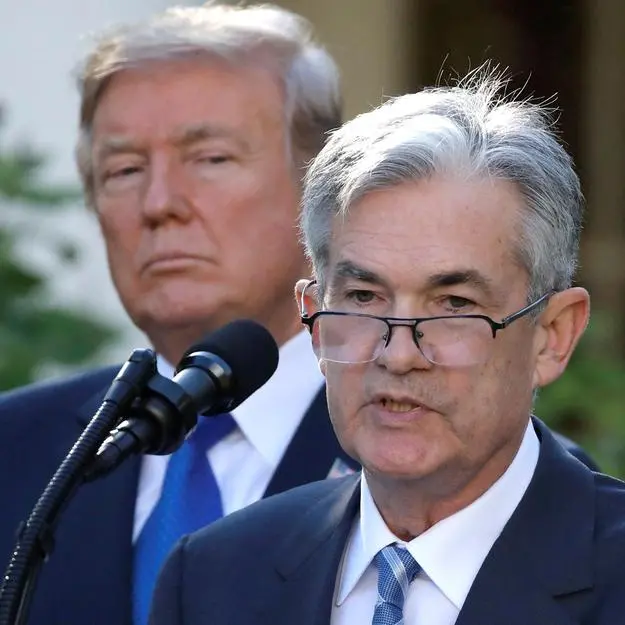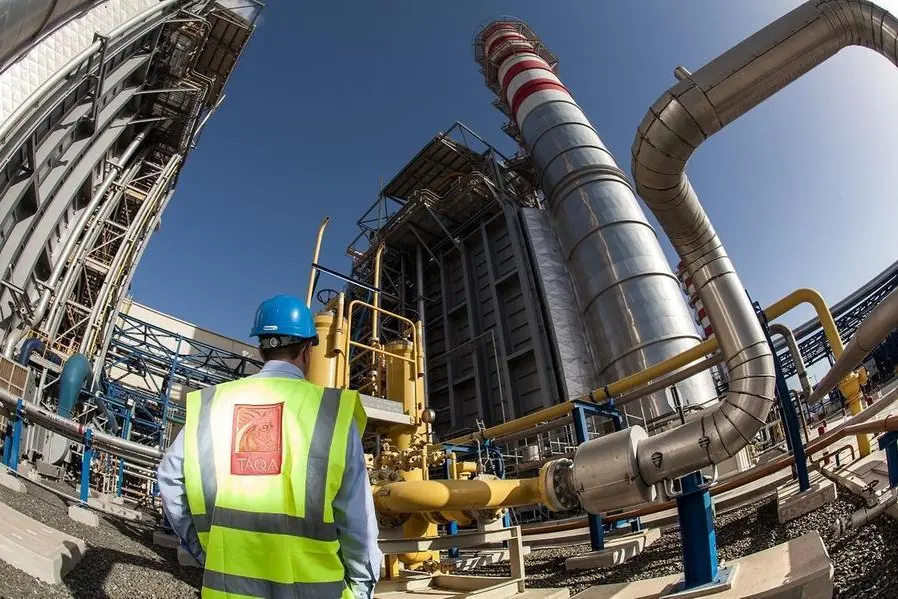PHOTO
PETALUMA, CALIFORNIA - SEPTEMBER 13: A customer pumps gas at a gas station on September 13, 2023 in Petaluma, California. According to a report by the Labor Department, surging gas prices in August contributed to a rise in inflation as consumer spending rose to 3.7 from 3.2 percent in July. Justin Sullivan/Getty Images/AFP (Photo by JUSTIN SULLIVAN / GETTY IMAGES NORTH AMERICA / Getty Images via AFP)
Consumer inflation in the United States edged down for a second straight month in November, government data showed Tuesday, in encouraging news for policymakers seeking to get prices under control.
The consumer price index (CPI), a closely eyed gauge of inflation, rose 3.1 percent from a year ago, said the Department of Labor, down from a 3.2 percent rate in October.
The slowdown comes on the back of falling gas prices, with the gasoline index dropping 6.0 percent.
But the inflation figure was slightly hotter than expected, and CPI rose 0.1 percent between October and November.
Excluding the volatile food and energy components, the CPI increase was steady at 4.0 percent from a year ago.
Tuesday's numbers were released on the same day the Federal Reserve opens its final policy meeting of the year.
Central bank officials have rapidly lifted the benchmark lending rate since last year to tame stubborn inflation, and the overall CPI figure has come down sharply from its 9.1 percent peak in June 2022.
Analysts largely expect the Fed to keep interest rates at the current level as the effects of existing rate hikes ripple through the world's biggest economy.
"The inflation numbers have little implication for the Fed's December meeting," said Michael Pearce, lead US economist at Oxford Economics.
He added that officials have "widely signaled an extended pause and won't react based on one month's data."
"To see earlier rate cuts, we would need to see inflation slowing more sharply, perhaps helped by a slowdown in the labor market which helps bring wage growth lower and therefore services price inflation," Pearce told AFP ahead of the latest report.
- Risks ahead -
Price pressures remain in other areas as well.
According to the Labor Department, "the index for shelter continued to rise in November, offsetting a decline in the gasoline index," said the Labor Department.
While inflation is coming down, EY chief economist Gregory Daco cautioned that there could be a risk of "over-tightening" in monetary policy.
He noted the Fed is extremely data dependent in making its rate decisions, which worked out when inflation was rising or stabilizing at high levels.
But, he said, "we're in a world where disinflation has been faster than what the Fed had anticipated."
"That alludes to the possibility that essentially, they will have monetary policy that is too restrictive given where inflation is at," he added.























